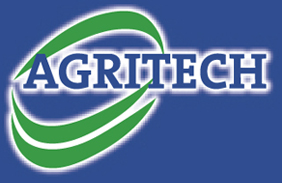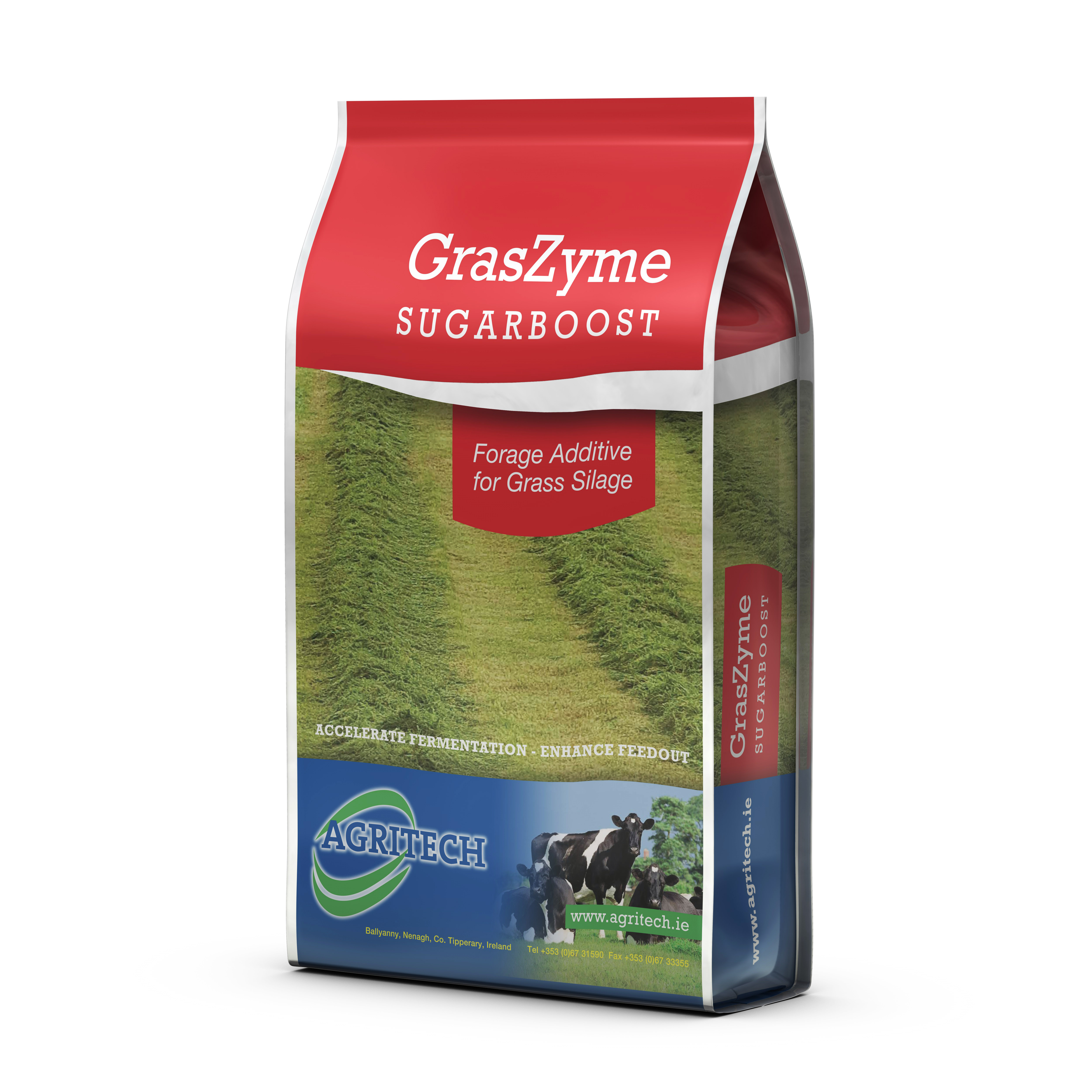Grass silage is expensive to produce and when a land charge is factored in, first cut silage is now costing in the region of €300 per acre to grow and ensile. According to Agritech Sales Director, John Kenny, it is therefore most important that the desired level of quality is achieved as often as possible.
“With lengthy dry periods no longer in existence, quality silage is an essential requirement for the freshly calved cow as it will help support early lactation milk yield and allow the cow to return to cyclicity as quickly as possible.
“For beef cattle, a daily live-weight gain of 0.6 kg is considered the optimum for winter performance where the animals are returning to grass in the spring. Quality silage will again play a key role in achieving this growth level,” John explains.
Silage samples recently analysed show significant variations in quality, with many Irish beef farms estimating an average of just 66% dry matter digestibility (DMD). The difference between good and bad silage quality has a significant impact on animal performance. In the winter of 2012, Teagasc in conjunction with the Irish Cattle Breeding Federation (ICBF), conducted a study on weanling performance on 18 farms when housed. The results indicated a significant shortfall in live-weight performance, despite all of the farms feeding 1 – 2.5kg of silage/head/day. Only four of the 18 farms had a daily live-weight gain in excess of 0.51 kg and seven of the farms had an average daily live-weight gain of just 0.25kg.
According to John, silage of 75% DMD in quality must be a target for farms going forward. Quality silage starts with quality grass cut at the correct growth stage. Every silage field which contains a high proportion of perennial ryegrasses will have a sward of 80% DMD by the middle of May. Once grass silage fields go past this, they lose an average of 3% DMD units per week, with this loss increasing to 6% DMD units in poor weather or lodged crops.
“The application of a proven silage additive at ensiling is a very important part of securing as much of the quality in the winter forage as possible. It speeds up the preservation and retains more of the feed value within the pit, in addition to retaining more actual silage in the pit. In fact, the extra retained silage alone will cover the cost of the additive,” says John.
Our GrasZyme SugarBoost Forage Additive has long proven itself as an effective silage preservation aid and is formulated with accelerated fermentation and animal performance as the primary focus. Having undergone numerous trials on dairy and beef research institutes throughout Ireland and the UK, the additive has shown daily milk yield increases of 1 litre, a 0.09% increase in milk protein and 110g extra daily live-weight gain.
For more information, contact your local Agritech distributor



